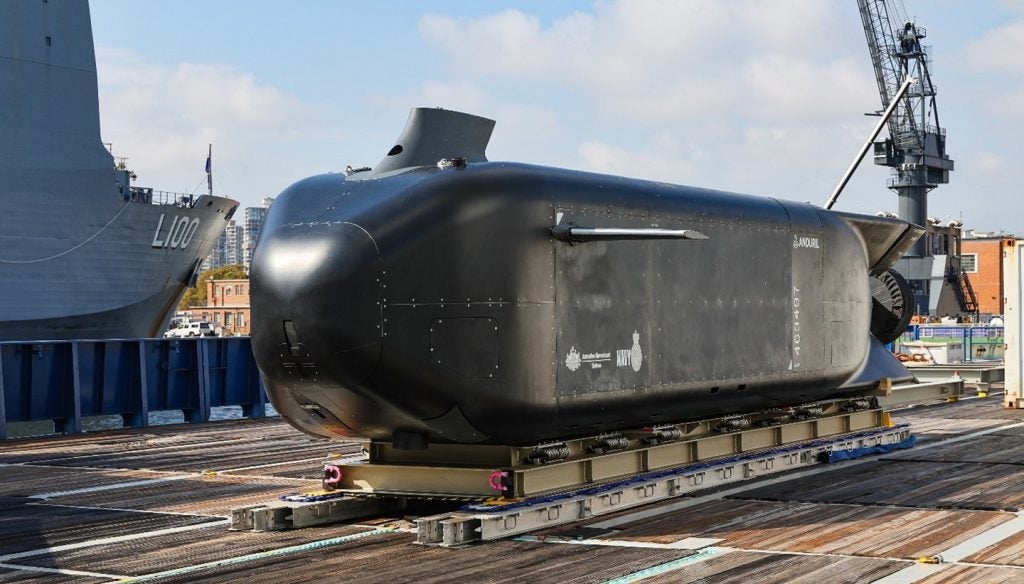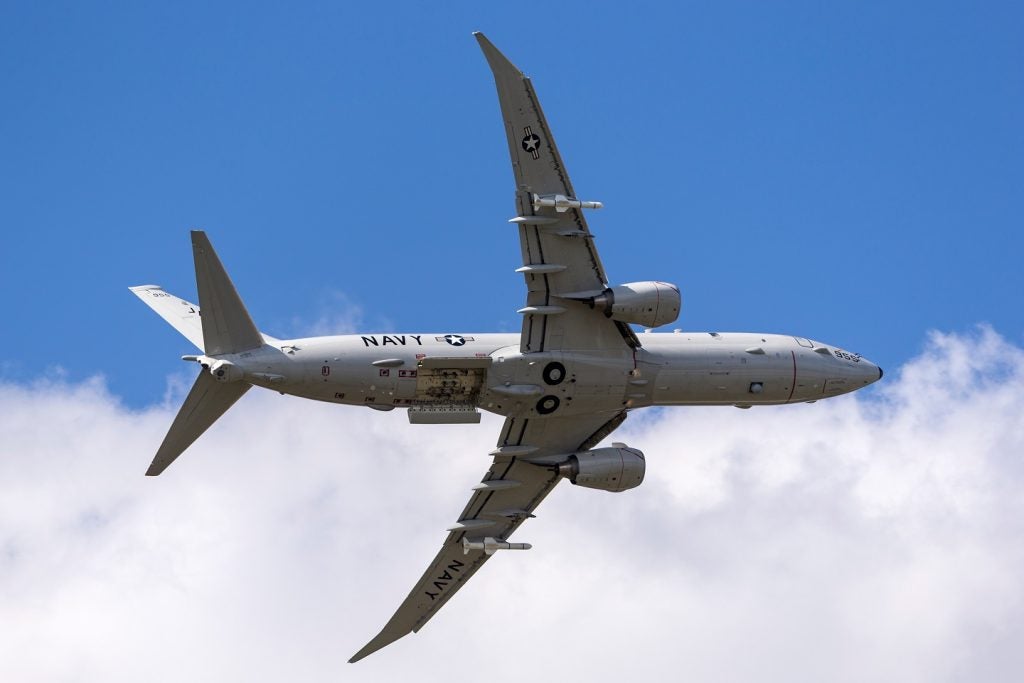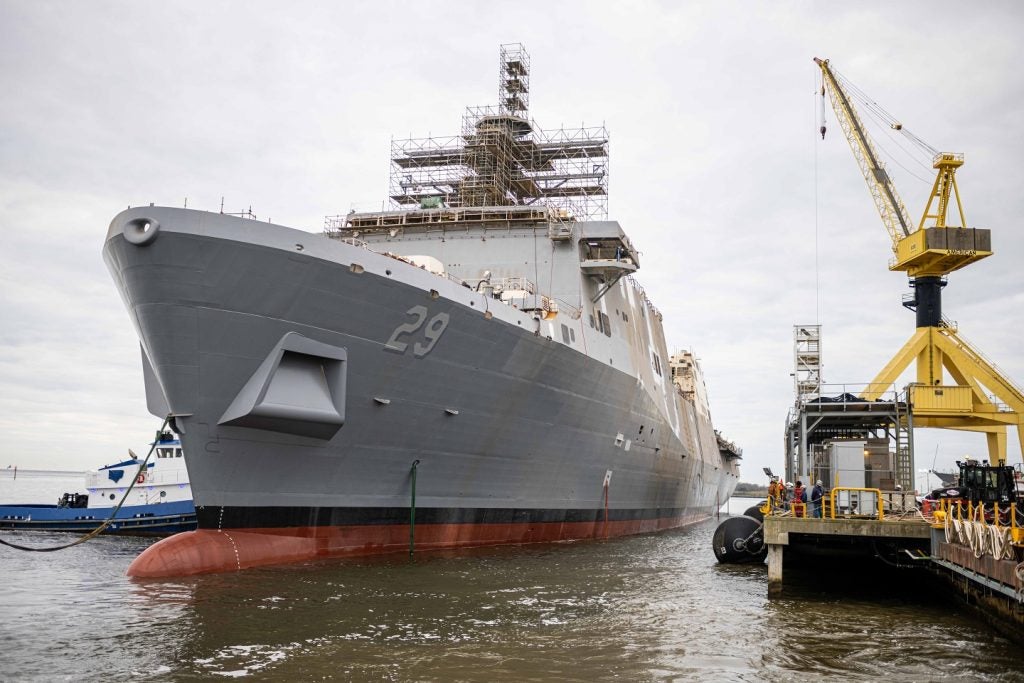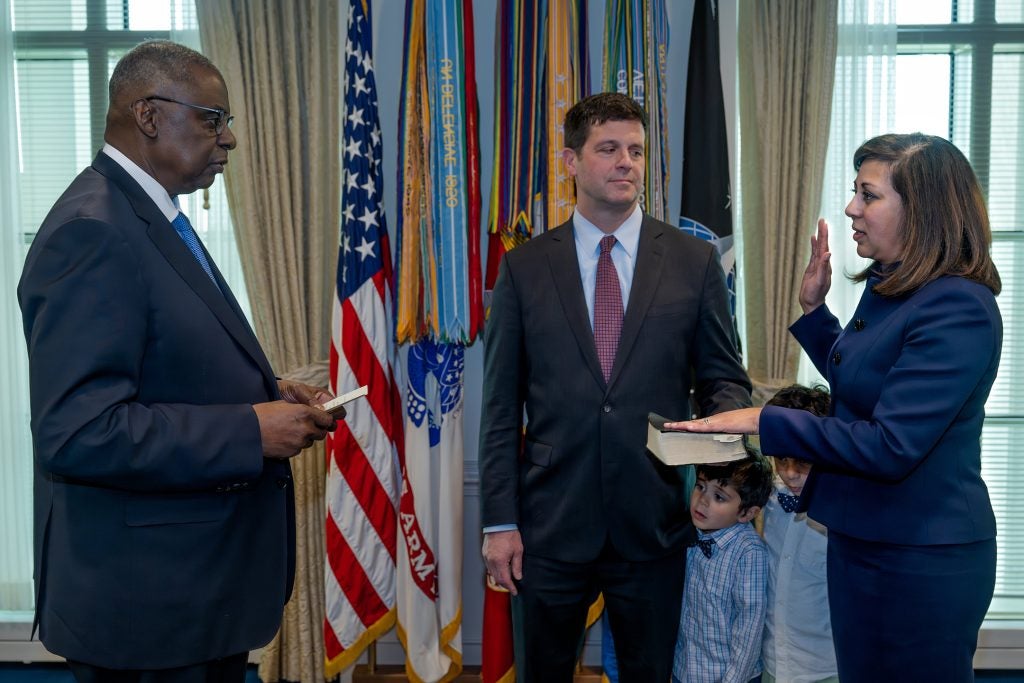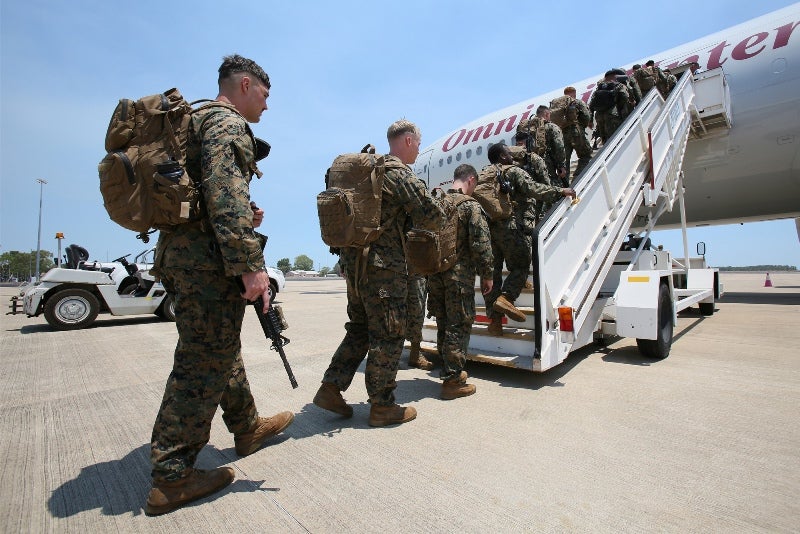
The US Marines have completed Marine Rotational Force – Darwin 2019 (MRF-D 19), the eighth annual rotation of marines in Australia.
MRF-D 19 left the Northern Territory after concluding the latest rotation.
Marines participated in training and high-end exercises during the course of their stay in the country.
MRF–D involves the annual rotation of US Marines through Northern Australia for a period of six months.
The initiative is intended to improve cooperation and interoperability between the US Marine Corps and the Australian Defence Force.
Australia Defence Minister Linda Reynolds stated that MRF-D 19 represented the largest deployment since the first rotation of 200 US Marines in 2012.
How well do you really know your competitors?
Access the most comprehensive Company Profiles on the market, powered by GlobalData. Save hours of research. Gain competitive edge.

Thank you!
Your download email will arrive shortly
Not ready to buy yet? Download a free sample
We are confident about the unique quality of our Company Profiles. However, we want you to make the most beneficial decision for your business, so we offer a free sample that you can download by submitting the below form
By GlobalDataReynolds said: “This rotation consisted of an initial base force of around 1,700 personnel and reached the milestone of 2,500 marines, with additional marines arriving in Darwin between July and September.
“The United States Force Posture Initiatives (USFPI), of which the Marine Rotational Force – Darwin is a key component, demonstrates the strength of the Australia-US alliance and our deep engagement with the Indo-Pacific region.”
The Australian Department of Defence noted that the key focus areas of future MRF-D rotations will include enhancing regional engagement, interoperability, as well as improving readiness to respond to humanitarian assistance and disaster.
The two countries will invest around A$2bn in support of USFPI activities.
The investment will be used for aircraft maintenance, fuel storage, accommodation upgrades, support facilities and improvements to training areas and ranges.
This year’s rotation included MV-22 Ospreys, UH/AH-1 helicopters, a High Mobility Artillery Rocket System, and an advanced TPS-80 radar system.
Enhanced command, ground combat, and logistics combat elements also took part in the rotation.



